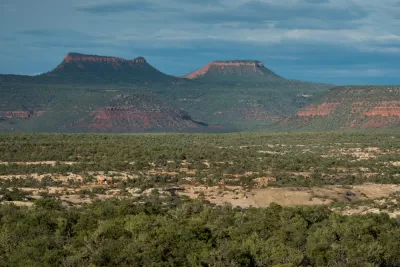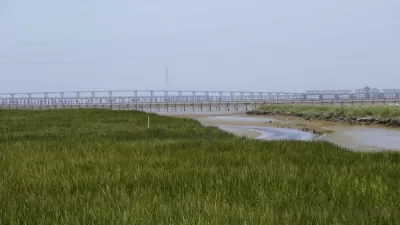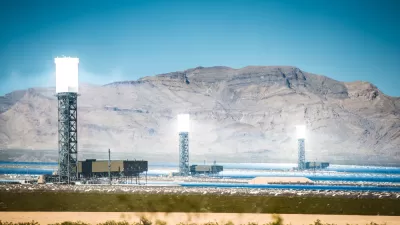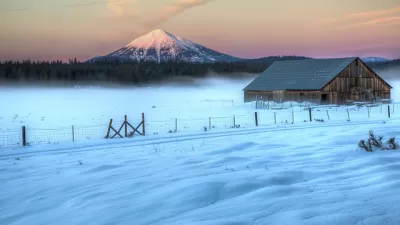Drone footage and 3d models reveal the stakes in an ongoing legal controversy surrounding the Trump administration's attempt to undo the Obama administration's use of the Antiquities Act to create the Bears Ears National Monument.

A Washington Post investigative team, Joe Fox, Lauren Tierney, Seth Blanchard, and Gabriel Florit, has published a large, interactive feature investigation into the Trump administration's 2017 decision to reduce the size of Bears Ears National Monument in Utah by more than 1.1 million acres.
Some Utah lawmakers and local residents the Trump administration's decision to reduce the size of Bear's Ears National Monument by 85 percent, but the decision "also followed a uranium firm’s concerted lobbying, an effort led by Andrew Wheeler, who now heads the Environmental Protection Agency."
Given the dubious motivations behind the decision, the Post team uses drone footage of to investigate whether the Trump administration kept its promise to protect the "important objects of scientific or historic interest" in the area surrounding the reduced national monument. In fact, the investigation finds many such "important objects of scientific or historic interest" in the areas located outside of the revised boundaries.
The interactive feature includes 3D models created from the drone footage to show Pueblo cliff dwellings built 1,000 years ago. The back and forth with the federal government, still unresolved, poses additional threats to the architectural record found in the area as detailed in the story. There's the environmental risk posed by the potential of developers seeking to extract the oil, coal, and uranium deposits that would be accessible if the Trump administration's actions hold up in court, as detailed in 2017 coverage by Laris Karklis, Bonnie Berkowitz, and Tim Meko.
FULL STORY: What Remains of Bears Ears

Study: Maui’s Plan to Convert Vacation Rentals to Long-Term Housing Could Cause Nearly $1 Billion Economic Loss
The plan would reduce visitor accommodation by 25,% resulting in 1,900 jobs lost.

North Texas Transit Leaders Tout Benefits of TOD for Growing Region
At a summit focused on transit-oriented development, policymakers discussed how North Texas’ expanded light rail system can serve as a tool for economic growth.

Why Should We Subsidize Public Transportation?
Many public transit agencies face financial stress due to rising costs, declining fare revenue, and declining subsidies. Transit advocates must provide a strong business case for increasing public transit funding.

How Community Science Connects People, Parks, and Biodiversity
Community science engages people of all backgrounds in documenting local biodiversity, strengthening connections to nature, and contributing to global efforts like the City Nature Challenge to build a more inclusive and resilient future.

Alabama: Trump Terminates Settlements for Black Communities Harmed By Raw Sewage
Trump deemed the landmark civil rights agreement “illegal DEI and environmental justice policy.”

Dear Tesla Driver: “It’s not You, It’s Him.”
Amidst a booming bumper sticker industry, one writer offers solace to those asking, “Does this car make me look fascist?”
Urban Design for Planners 1: Software Tools
This six-course series explores essential urban design concepts using open source software and equips planners with the tools they need to participate fully in the urban design process.
Planning for Universal Design
Learn the tools for implementing Universal Design in planning regulations.
City of Santa Clarita
Ascent Environmental
Institute for Housing and Urban Development Studies (IHS)
City of Grandview
Harvard GSD Executive Education
Toledo-Lucas County Plan Commissions
Salt Lake City
NYU Wagner Graduate School of Public Service





























